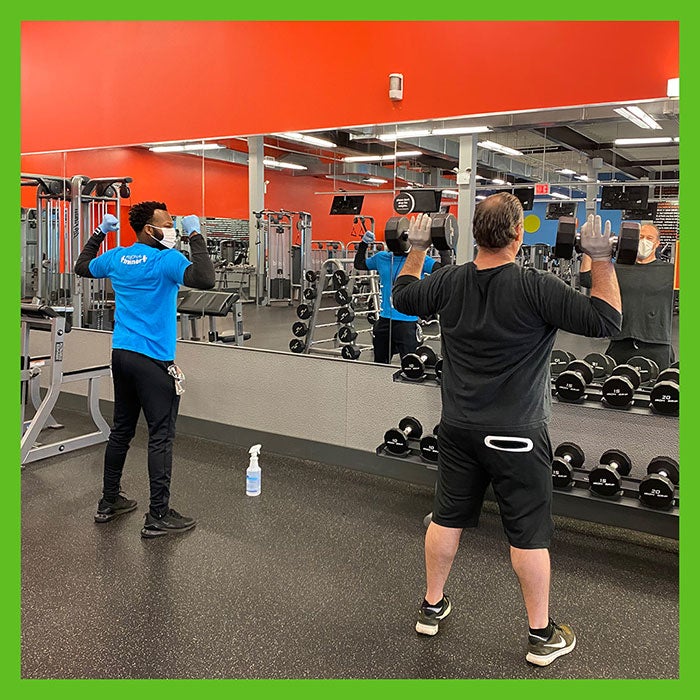 What’s a gym CMO to do when gyms – which normally promote health – get banned for health reasons?
What’s a gym CMO to do when gyms – which normally promote health – get banned for health reasons?
That’s exactly the situation Blink Fitness CMO Michelle Horowitz found herself in during the pandemic. The fitness chain operates 110 gyms across 10 states, all of which had different rules about gym openings.
Blink Fitness hustled to meet its members where they were – stuck at home on their phones (and maybe even lazing about on their couches).
“Our primary concern was keeping the community engaged and understanding their needs at this time,” Horowitz said.
To keep that community engaged, Blink Fitness developed content and experiences that would hold its members’ attention.
An app, originally built for a premium membership in 2019, was opened to all of its members for free, and non-members received a 30-day free trial, later extended to 60 days.
As people stressed about the pandemic, Blink Fitness worked especially hard to come up with content that addressed mental health needs, like short virtual meditations.
“The ethos of the brand is that it’s really mood above muscle, and that mental wellness is just as important as physical wellness,” Horowitz said.
Blink Fitnesses now uses the app originally designed to replace the in-gym experience to help its customers find more options as gyms reopen.
For example, some people may go to the gym to do a masked workout on machines, but also to meditate on the app at home.
Blink Fitness added features that encourage social distancing. For example, people can check and see how crowded the gym is before they make the trip. They can also make reservations. And people who aren’t ready for the gym can do personal training virtually.
Some of these products were already on the road map, Horowitz said, but became higher priorities due to the pandemic.
Besides its owned app, social media became an area of increased focus during the pandemic. Blink Fitness livestreams fitness classes on Facebook five days a week (then puts them in the app afterwards). After livestreaming more than 115 classes, it’s reached 2 million people.
When TikTok skyrocketed in popularity during the pandemic, Blink Fitness noted its large fitness community and joined the platform. Blink Fitness started working with influencers – including its trainers – on TikTok in an early test. One thing quickly became clear to Horowitz: TikTok requires a different style and approach compared to other social platforms.
As gyms reopen, Horowitz envisions that the virtual experience Blink Fitness created will coexist alongside in-person workouts. “I don’t think it’s an ‘or’ anymore, it’s an ‘and,’” Horowitz said.
In the future, people might use the app to guide their workouts at the gym and also to squeeze in a quick workout at home. Today, some people are dipping their toe back into in-person workouts, and can use the app to check capacity before they work out – a feature they may want to use even after the pandemic passes. Providing options – and personalizing experiences accordingly – is Blink Fitness’ new normal.
So many brands talk about personalization,” Horowitz said. “Personalization is so important to us, to understand where everyone is on their personal journey.”













